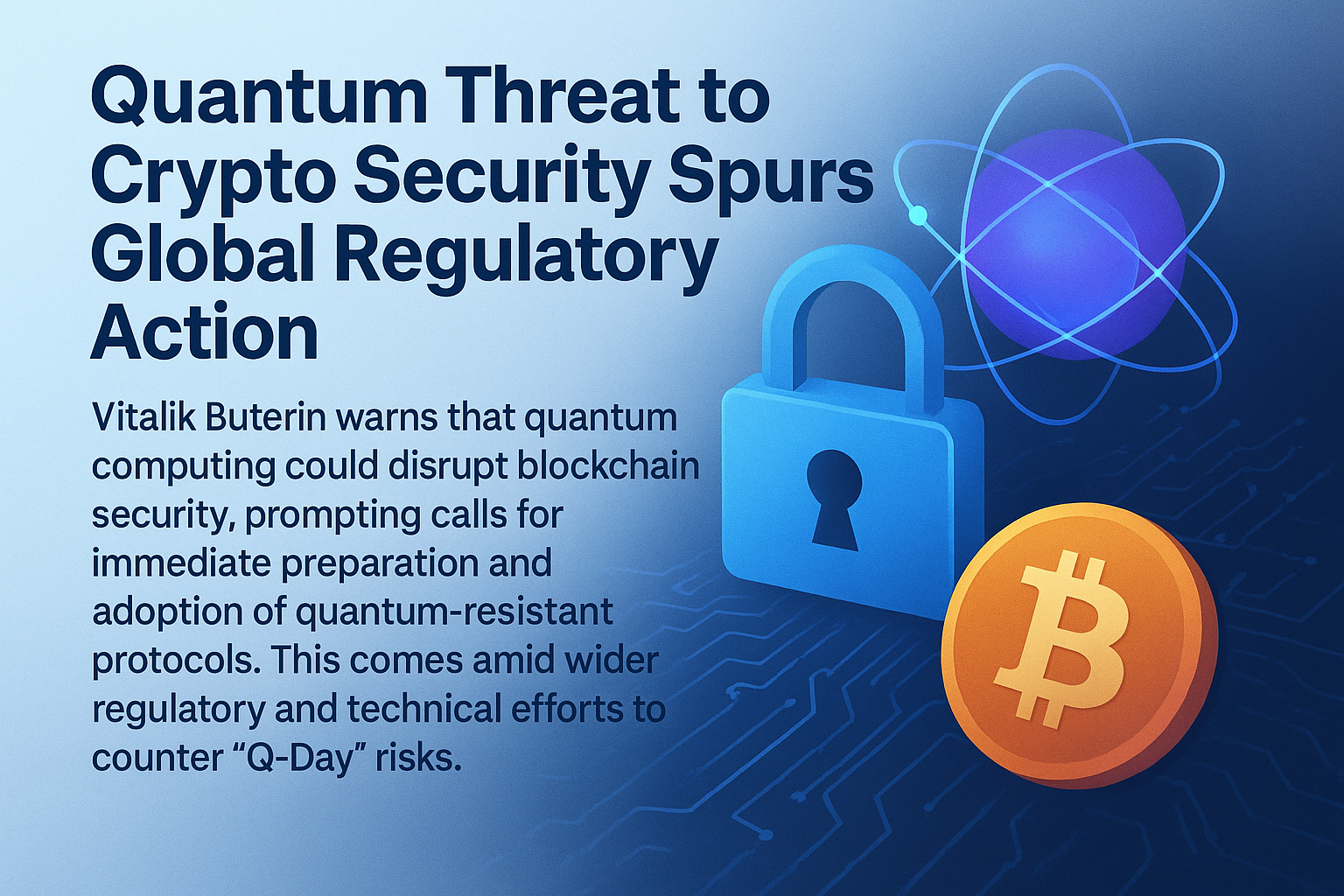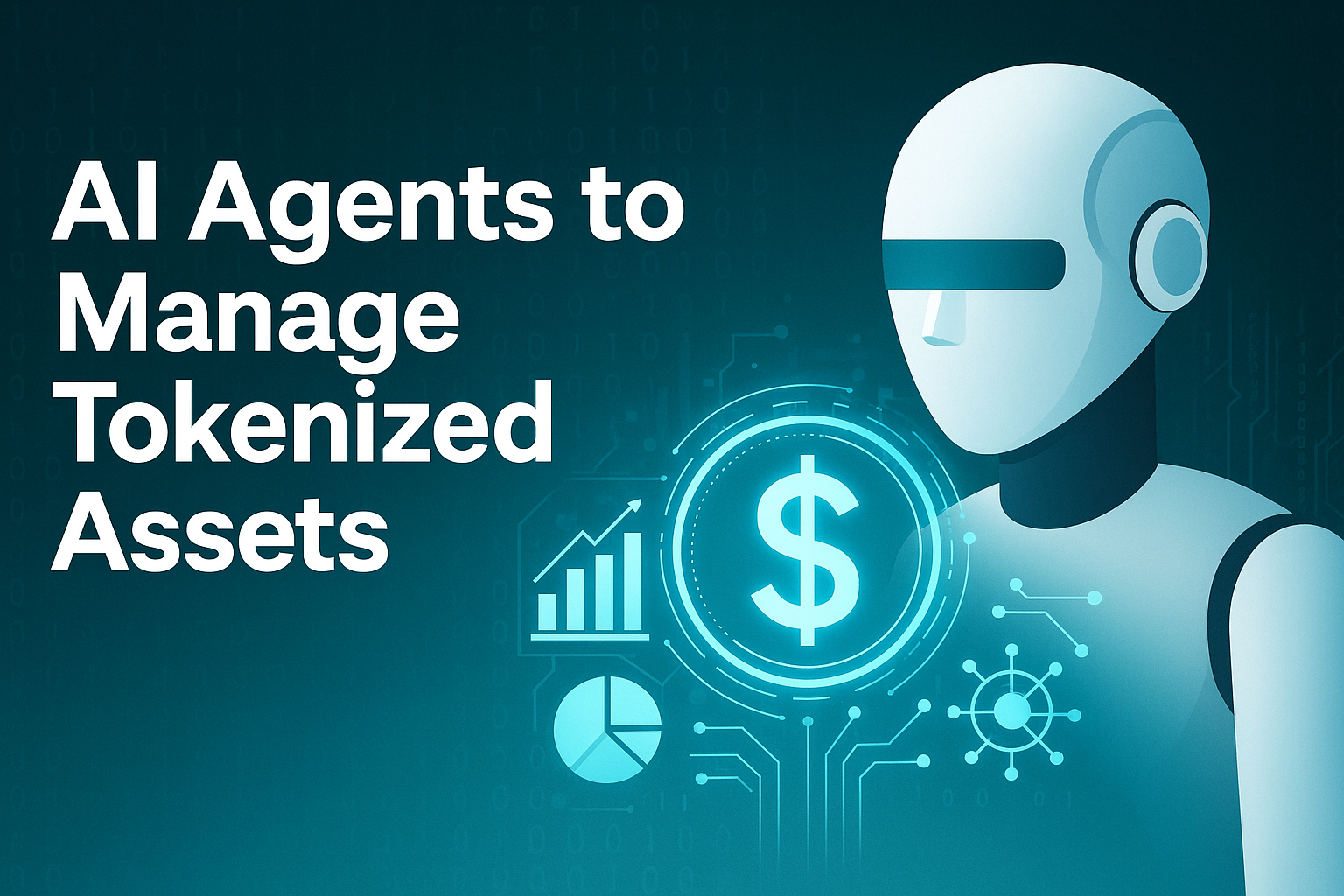The cryptocurrency world is facing a new and unprecedented challenge: the looming threat of quantum computing. Industry leaders and regulators alike are sounding alarms, highlighting the urgent need to prepare for a post-quantum era that could fundamentally disrupt blockchain security.
Ethereum co-founder Vitalik Buterin recently issued a stark warning: as quantum computing technology advances, the cryptographic algorithms that underpin most blockchains could become vulnerable. “The capabilities of quantum computers could eventually break the cryptographic assumptions that secure decentralized networks,” Buterin stated. This warning has sparked a flurry of discussions in both technical and regulatory circles about how to safeguard digital assets against what experts now call “Q-Day”—the day quantum computers become capable of breaching existing blockchain security.
Quantum computing poses a unique threat to public-key cryptography, which is the foundation of blockchain security. Algorithms like RSA and ECDSA, used widely across cryptocurrencies, rely on the practical impossibility of certain mathematical problems for classical computers. Quantum machines, however, can solve these problems exponentially faster, rendering current encryption vulnerable. For crypto holders and platforms, this isn’t just a theoretical risk—it could translate to massive thefts or irreversible loss of digital assets if left unaddressed.
In response, regulators around the world are taking notice. Several government bodies are now exploring frameworks to ensure that crypto platforms adopt quantum-resistant protocols. These protocols, still under development, aim to use cryptography that remains secure even in the presence of large-scale quantum computers. Experts stress that early adoption is critical: updating blockchain networks retroactively could be far more difficult and costly.
The industry is also taking technical action. Some blockchain projects have begun researching and experimenting with post-quantum signature schemes and encryption methods. While mainstream adoption is still years away, these proactive steps signal a growing recognition that quantum computing is not just a distant threat—it’s a looming reality that could redefine trust in decentralized systems.
Investors and stakeholders are watching closely. Analysts warn that while the crypto market continues to grow, the threat of quantum attacks could influence investor confidence and regulatory oversight. “Preparation now can prevent catastrophic failures later,” says a leading blockchain security researcher.
In conclusion, the convergence of quantum computing and blockchain technology represents both a challenge and an opportunity. Regulators, developers, and investors must act decisively to ensure the security of digital assets in a post-quantum world. For crypto enthusiasts, the message is clear: Q-Day is coming, and only those prepared for the quantum revolution will safeguard their place in the next era of digital finance.




